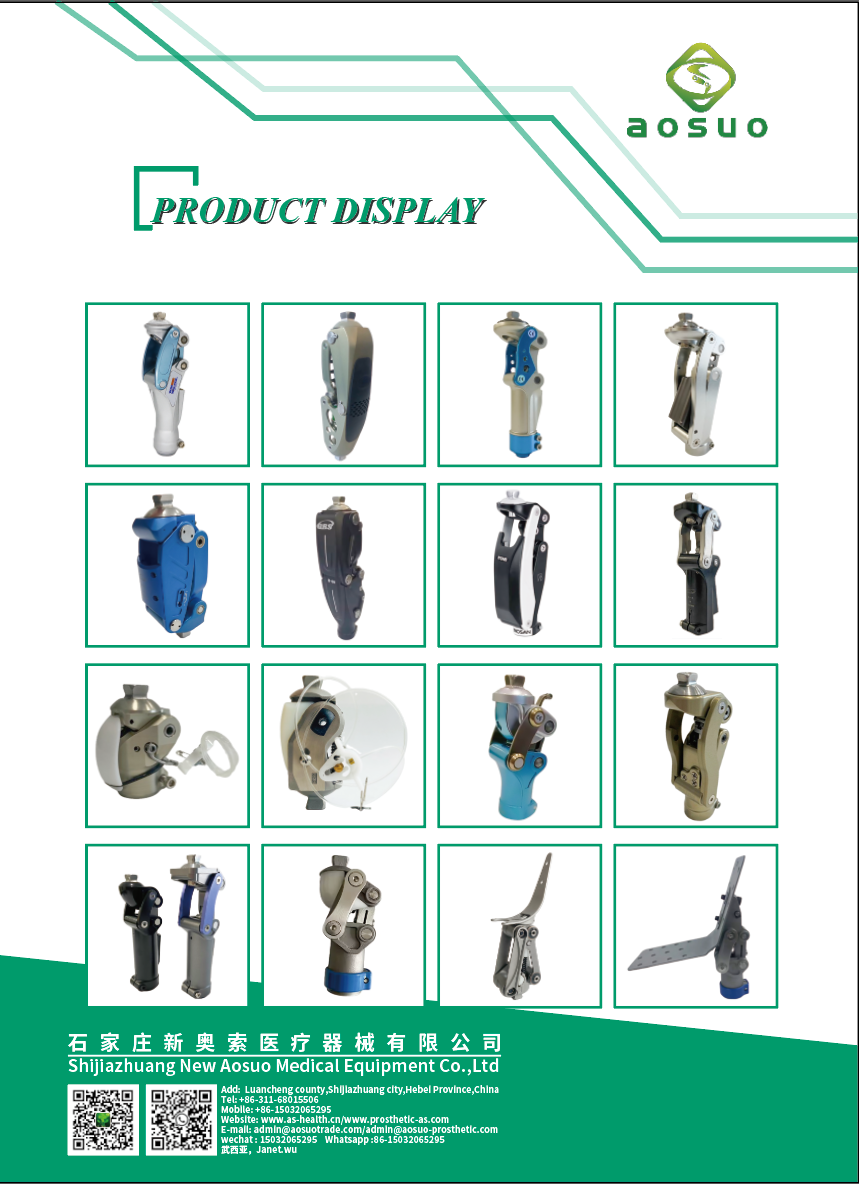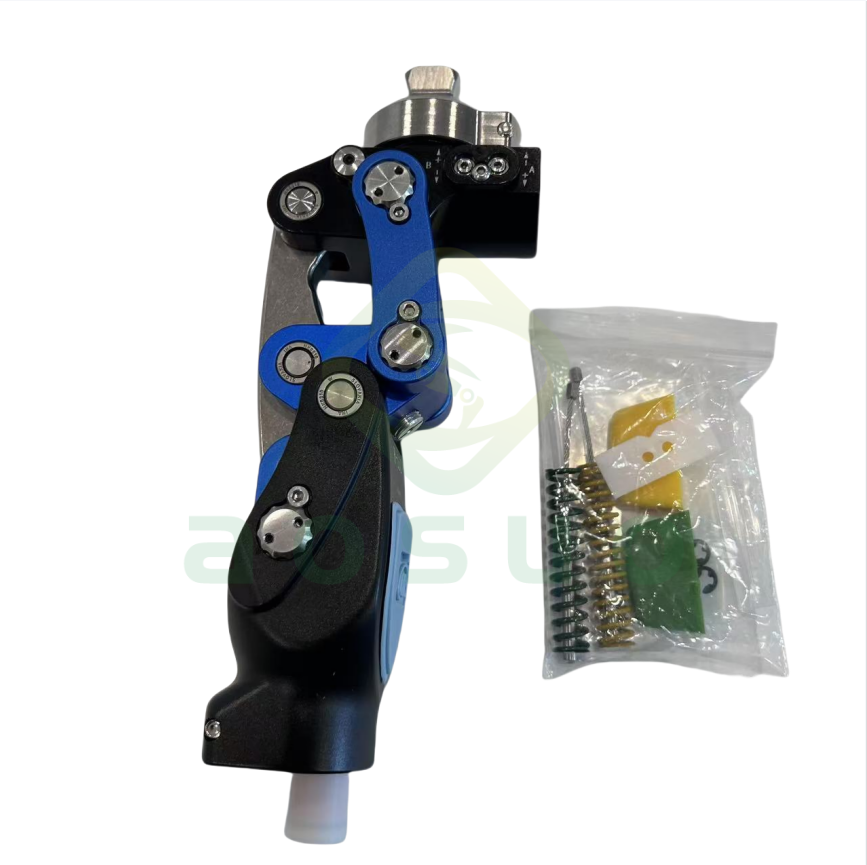Understanding Prosthetic Leg Parts: A Comprehensive Guide
Release Time:
Jul 13,2025
Prosthetic legs provide crucial support and mobility for individuals who have undergone amputations. At the heart of every prosthetic leg are its various components, each designed to ensure optimal performance, comfort, and adaptability. Understanding the parts of a prosthetic leg is vital for users and caregivers alike. Firstly, the main structure of a prosthetic leg consists of the socket, which
Prosthetic legs provide crucial support and mobility for individuals who have undergone amputations. At the heart of every prosthetic leg are its various components, each designed to ensure optimal performance, comfort, and adaptability. Understanding the parts of a prosthetic leg is vital for users and caregivers alike.
Firstly, the main structure of a prosthetic leg consists of the socket, which serves as the interface between the amputee’s residual limb and the prosthesis. The socket must be custom-fitted to the user’s limb to provide stability and prevent discomfort. Proper alignment of the socket is essential for weight distribution and overall functionality.
Next is the pylon, a structural component that connects the socket to the foot. It can be made from materials such as aluminum or carbon fiber, chosen for their durability and lightweight properties. The pylon’s length and angle significantly affect the user’s gait and balance, emphasizing the importance of professional fitting and adjustment.
The foot is another critical part of the prosthetic leg. There are different types of prosthetic feet, including solid ankle, cushioned heel, and energy-storing designs. Each type has unique characteristics tailored to different activities, ranging from walking to running. Users should consider their lifestyle and mobility needs when selecting the appropriate foot type.
Additionally, prosthetic legs often incorporate knee joints, particularly for above-knee amputees. These joints can be mechanical or powered, allowing for varying degrees of movement and stability. Advanced designs, such as microprocessor-controlled knees, offer enhanced functionality by allowing the knee to adapt to different walking speeds and terrains.
Comfort and fit are paramount when it comes to prosthetic leg parts. Cushions, liners, and suspension systems play a vital role in ensuring that the prosthetic leg remains securely attached while minimizing skin irritation and pressure sores. Regular maintenance and adjustments are crucial for preserving the functionality of these components and ensuring the user’s comfort.
For those considering a prosthetic limb, understanding the various parts and their functions can significantly impact the experience of adaptation and daily use. It’s advisable to consult with a qualified prosthetist, who can provide personalized recommendations based on individual needs, lifestyle, and activity levels.
In conclusion, the components of prosthetic leg parts are integral to restoring mobility and enhancing the quality of life for amputees. Awareness of these parts and their functions can empower users to make informed decisions regarding their prosthetic options, leading to improved outcomes and greater independence.
Firstly, the main structure of a prosthetic leg consists of the socket, which serves as the interface between the amputee’s residual limb and the prosthesis. The socket must be custom-fitted to the user’s limb to provide stability and prevent discomfort. Proper alignment of the socket is essential for weight distribution and overall functionality.
Next is the pylon, a structural component that connects the socket to the foot. It can be made from materials such as aluminum or carbon fiber, chosen for their durability and lightweight properties. The pylon’s length and angle significantly affect the user’s gait and balance, emphasizing the importance of professional fitting and adjustment.
The foot is another critical part of the prosthetic leg. There are different types of prosthetic feet, including solid ankle, cushioned heel, and energy-storing designs. Each type has unique characteristics tailored to different activities, ranging from walking to running. Users should consider their lifestyle and mobility needs when selecting the appropriate foot type.
Additionally, prosthetic legs often incorporate knee joints, particularly for above-knee amputees. These joints can be mechanical or powered, allowing for varying degrees of movement and stability. Advanced designs, such as microprocessor-controlled knees, offer enhanced functionality by allowing the knee to adapt to different walking speeds and terrains.
Comfort and fit are paramount when it comes to prosthetic leg parts. Cushions, liners, and suspension systems play a vital role in ensuring that the prosthetic leg remains securely attached while minimizing skin irritation and pressure sores. Regular maintenance and adjustments are crucial for preserving the functionality of these components and ensuring the user’s comfort.
For those considering a prosthetic limb, understanding the various parts and their functions can significantly impact the experience of adaptation and daily use. It’s advisable to consult with a qualified prosthetist, who can provide personalized recommendations based on individual needs, lifestyle, and activity levels.
In conclusion, the components of prosthetic leg parts are integral to restoring mobility and enhancing the quality of life for amputees. Awareness of these parts and their functions can empower users to make informed decisions regarding their prosthetic options, leading to improved outcomes and greater independence.
Keywords:
You Can Also Learn More About Industry Trends







